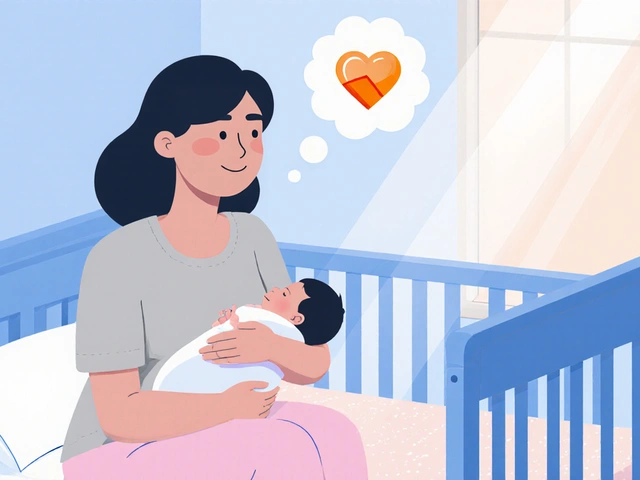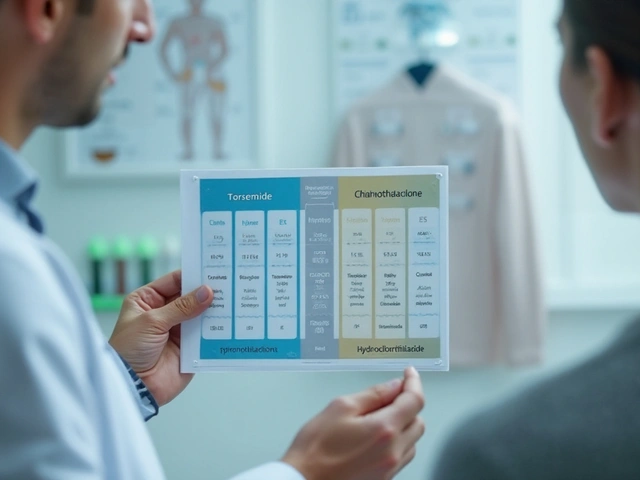Childhood Epilepsy: What Every Parent Should Know
Seeing your child have a seizure is scary. Knowing what to watch for and what to do can make a big difference. This page gives clear, practical steps for spotting seizures, handling one safely, getting a diagnosis, and working with doctors and schools on treatment plans.
Spotting a seizure and immediate steps
Seizures in kids can look different. Some are obvious convulsions with shaking and stiffening. Others are quick staring spells, subtle twitching, or sudden confusion. If you think your child is having a seizure: stay calm, time it, and protect their head. Move nearby objects away, don't put anything in their mouth, and only turn them on their side if breathing is a problem. Call emergency services if the seizure lasts more than 5 minutes, if another seizure starts right away, or if the child has trouble breathing, a serious injury, or doesn't wake up normally afterward.
Write down what happened: how long it lasted, what parts of the body moved, any triggering events (fever, illness, sleep deprivation), and how the child behaved after the seizure. That info helps the doctor.
Diagnosis, treatment, and daily care
When you see a pediatrician or neurologist, they'll want a clear seizure history. Tests may include an EEG (to record brain activity), blood tests, and often an MRI. These help find the type of epilepsy and any underlying causes. Not all seizures mean lifelong epilepsy—some are isolated and never repeat, while others need long-term care.
Medication is the most common treatment. Doctors pick drugs based on seizure type, age, and side effect profile. Give medicines exactly as prescribed and tell the doctor about any side effects like drowsiness, mood change, or stomach upset. If one drug doesn't work, there are other options—combining drugs, diet changes like the ketogenic diet, or surgery in specific cases. Discuss risks and benefits clearly with the specialist.
At home and at school, build a simple safety plan: who to call, how to respond to a seizure, and any medicine the child may need during school hours. Make sure teachers and caregivers know the basics and have written instructions. Encourage normal activities when safe—many children with epilepsy do well in sports and play with reasonable precautions.
Keep a seizure diary or use an app to track events, triggers, and medication effects. Regular follow-ups with the doctor help adjust treatment and check development. If you need support, look for local epilepsy groups or online communities where parents share tips and resources.
Want quick printable first-aid steps or a school plan template? Save this page or talk to your clinic—having a written plan reduces panic and helps your child stay safe and supported.

Divalproex in Children: Safety and Efficacy
As a dad and a blogger, I felt compelled to explore and understand the use of Divalproex in children. This post contains everything parents need to know about the safety and efficiency of this medication for managing childhood epilepsy. We'll discuss how it functions, potential side effects, and the controversial debates surrounding its use. This way, we can all be better equipped to support our little ones on their journey.
View More




